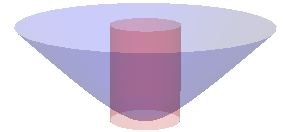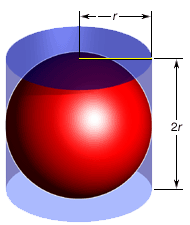No matter what your level of mathematics is, if you are interested to comment on or contribute to this blog, you are strongly encouraged to join! Continue reading
-
Recent Posts
- Probability that a random inscribed triangle contains another circle
- Noncommutative probability II: independence
- Noncommutative probability I: motivations and examples
- A simple proof of the Gauss-Bonnet theorem for geodesic ball
- Least squares in a non-ordinary sense
- Archimedes’ principle for hyperbolic plane
- Archimedes and the area of sphere
- Zeros of random polynomials
- Hopf fibration double covers circle bundle of sphere
- Euler’s formula e^ix = cos x + i sin x: a geometric approach
Meta
Recent Comments
Anonymous on Closed Graph Theorem implies O… Anonymous on Closed Graph Theorem implies O… Anonymous on Closed Graph Theorem implies O… Anonymous on Closed Graph Theorem implies O… Anonymous on Closed Graph Theorem implies O… Anonymous on Closed Graph Theorem implies O… Anonymous on Closed Graph Theorem implies O… Anonymous on Area of triangle on spher… Finite dimensional $… on Closed subspaces of a reflexiv… Christoffel Symbols… on Exponential maps of Lie g… Categories
- Algebra
- Algebraic geometry
- Analysis
- Applied mathematics
- Calculus
- Combinatorics
- Complex analysis
- Differential equations
- Differential geometry
- Discrete Mathematics
- Dynamical system
- Fourier analysis
- Functional analysis
- General Relativity
- Geometry
- Group theory
- Inequalities
- Linear Algebra
- Miscellaneous
- Number Theory
- Operator Theory
- Optimization
- Potential theory
- Probability
- Set Theory
- Statistics
- Topology
- Uncategorized
Top Posts
- Why is a² + b² ≥ 2ab ?
- Euler's formula e^ix = cos x + i sin x: a geometric approach
- Taylor expansion of metric
- Reilly type formula and its applications
- Archimedes and the area of sphere
- Closed subspaces of a reflexive space
- Closed Graph Theorem implies Open Mapping Theorem
- Mathematics behind JPEG
- Sobolev and Isoperimetric Inequality
- Dual form of the spherical cosine law
Archives












